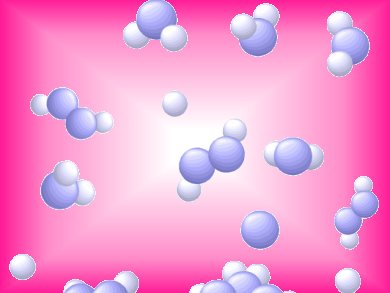Colloids are nanoparticles suspended in a liquid. Their self-assembly is very challenging as, due to their spherical shape, they establish non directional and non specific interactions. Yufeng Wang, New York University, USA, and colleagues overcame this problem by creating colloids bearing geometrically localized, chemically distinct patches on their surface.
By binding the patches to single strand DNA molecules, the scientists enable colloids to interact in a specific manner: Only particles bearing complementary DNA sequences could bind to each other following DNA hybridization. Moreover, by controlling the localization of the DNA-bound patches, the researchers imposed directionality to colloids interactions. The patches were arranged in the symmetrical geometries which regulate atoms’ bonding. In this manner, colloids could interact only along certain directions in a way similar to atoms. As a consequence, by putting together colloidal particles bearing matching DNA strands, the scientists induced their self-assembly into tridimensional structures that resembled artificial molecules.
- Colloids with valence and specific directional bonding,
Y. Wang, Y. Wang, D. R. Breed, V. N. Manoharan, L. Feng, A. D. Hollingsworth, M. Weck, D. J. Pine,
Nature 2012, 491(7422), 51–55.
DOI: 10.1038/nature11564


